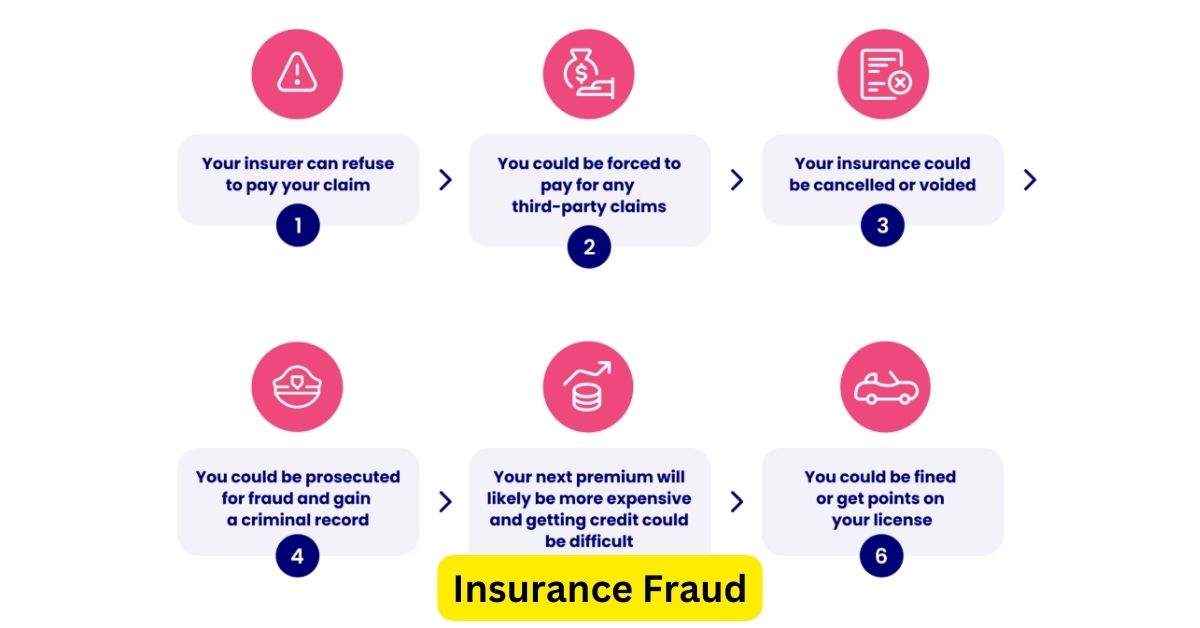Insurance fraud is a serious crime that can have significant financial and legal consequences. It involves deceitful practices aimed at obtaining insurance benefits or payments to which one is not entitled. Fraudulent activities can range from exaggerating claims to submitting false information. Understanding how to recognize and avoid insurance fraud is essential for protecting yourself and ensuring the integrity of the insurance system. This article provides insights into common types of insurance fraud and offers practical tips for avoiding it.
Common Types of Insurance Fraud
Insurance fraud can manifest in various forms, affecting different types of insurance. Here are some common types:
- False Claims: Submitting a claim for damages or injuries that did not occur is a prevalent form of fraud. This can include staging accidents, inflating repair costs, or claiming injuries that are not genuine.
- Exaggerated Claims: This involves inflating the extent of damage or loss to receive a higher payout. For example, claiming more damage to a vehicle than what actually occurred in an accident.
- Premium Evasion: Deliberately misrepresenting information to lower insurance premiums is another form of fraud. This might involve lying about the use of a vehicle, the nature of a business, or other risk factors.
- Medical Fraud: This includes submitting false medical bills or procedures that were not performed. It can involve collusion between patients and healthcare providers to inflate medical claims.
- Identity Theft: Using someone else’s personal information to obtain an insurance policy or make claims can lead to significant financial and legal troubles for the victims.
How to Avoid Insurance Fraud
Avoiding insurance fraud requires vigilance and ethical behavior. Here are some practical tips:
- Be Honest and Accurate: Always provide truthful and accurate information when applying for insurance or making a claim. Avoid exaggerating damages or injuries and ensure that all documentation is truthful.
- Keep Detailed Records: Maintain comprehensive records of all interactions with your insurance company. This includes keeping copies of correspondence, policy documents, and claim forms. Detailed records can help clarify any discrepancies and protect you from potential accusations.
- Verify Providers and Contractors: When dealing with repairs or medical treatments, ensure that you use reputable and licensed providers. Avoid working with contractors or healthcare professionals who offer unusually low prices or seem to push unnecessary services.
- Report Suspicious Activity: If you suspect fraud, whether it’s related to your own policy or observed in others, report it to your insurance company or the relevant authorities. Most insurers have dedicated fraud prevention units to investigate suspicious claims.
- Educate Yourself: Familiarize yourself with common fraud schemes and red flags. Understanding how fraud operates can help you recognize potential scams and protect yourself from becoming an unwitting participant.
- Review Your Policies Regularly: Regularly review your insurance policies and coverage to ensure that they are accurate and up-to-date. This helps identify any discrepancies or errors that could potentially be exploited by fraudulent activities.
Conclusion
In conclusion, insurance fraud is a serious issue that undermines the integrity of the insurance system and can lead to significant financial and legal consequences. By being honest, maintaining accurate records, and reporting suspicious activity, you can protect yourself from becoming a victim or contributor to insurance fraud. Educating yourself about common fraud schemes and regularly reviewing your policies are essential steps in ensuring that you remain vigilant and safeguard the insurance process. Avoiding fraud not only protects your own interests but also contributes to a more honest and reliable insurance environment.

